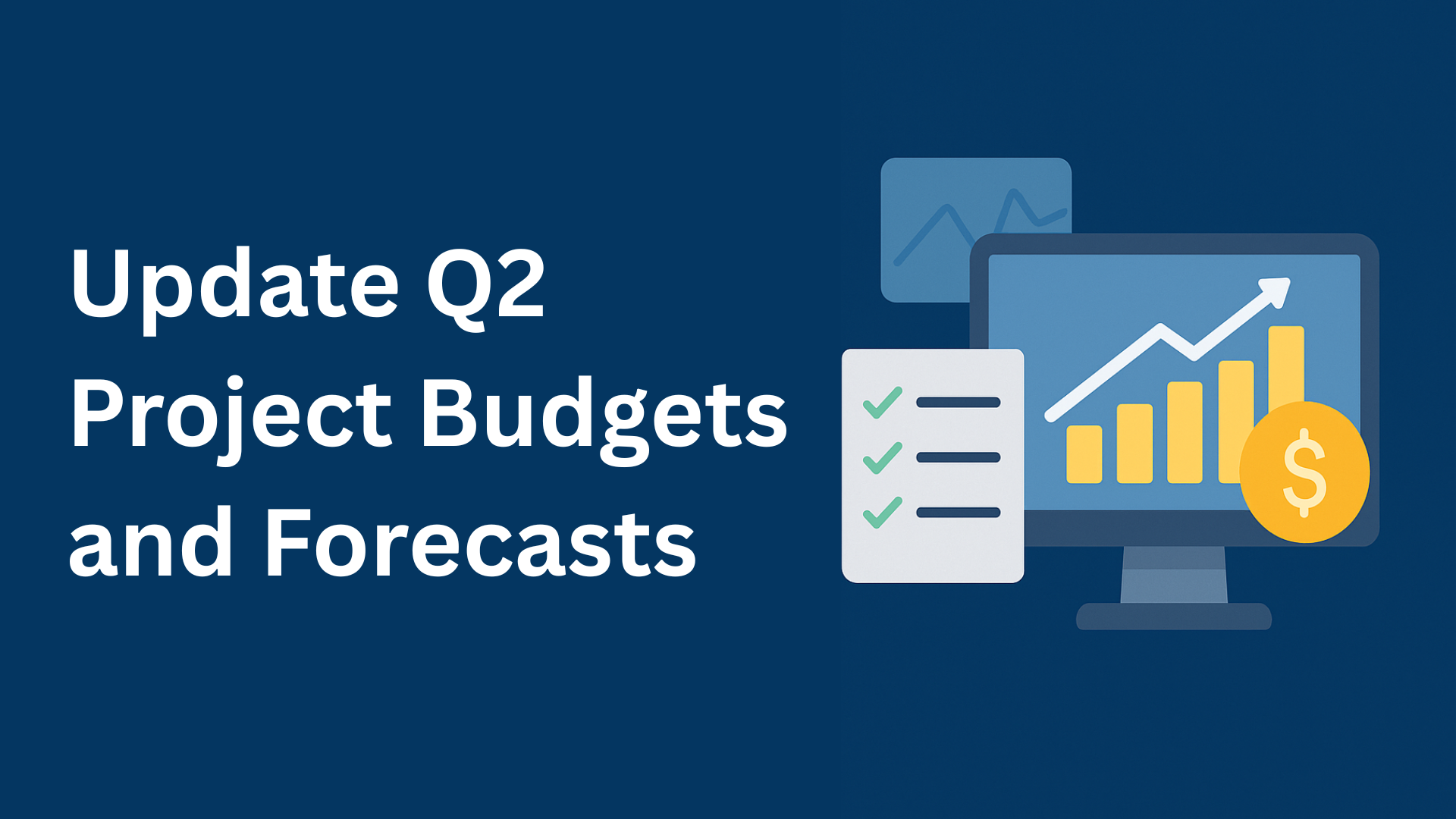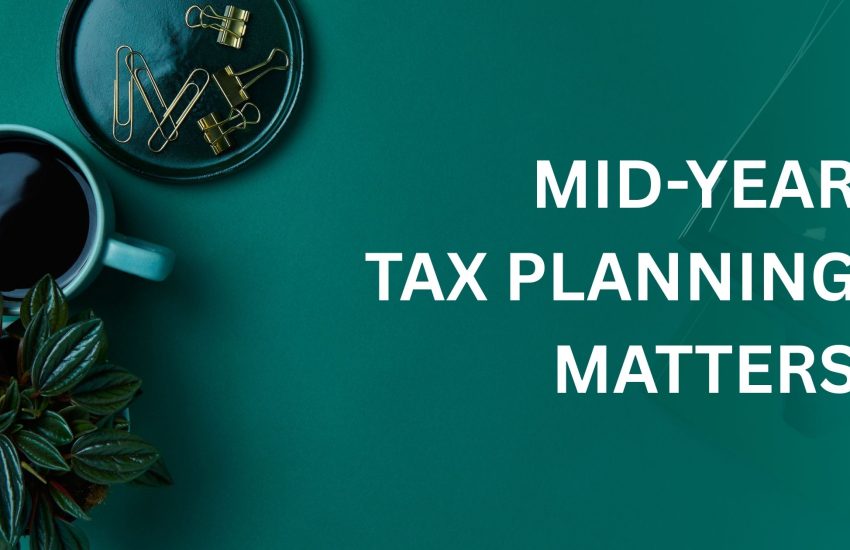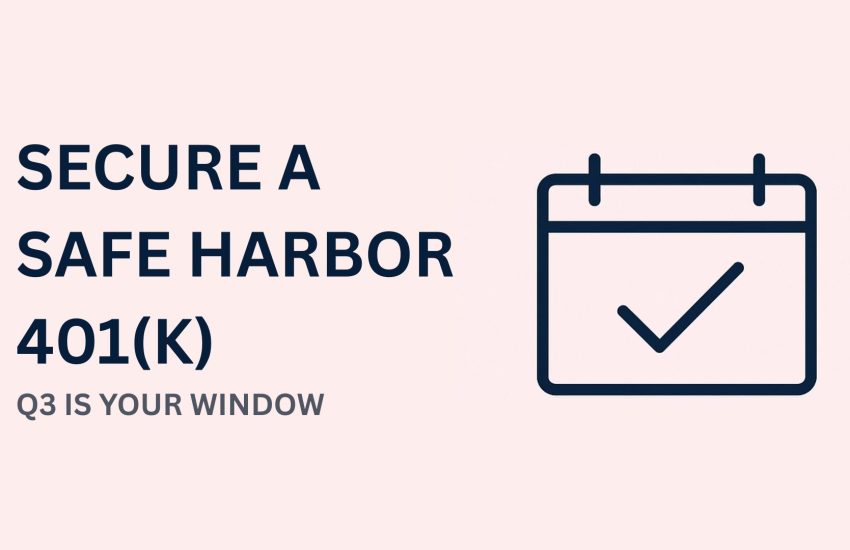How and Why to Update Your Project Budgets and Forecasts in Q2
Introduction
As we settle into Q2, it’s the perfect moment to take a strategic pause and review your financial trajectory. Construction businesses—and project-driven businesses of any kind—should seize this opportunity to conduct a mid-year budget and forecast review. Why now? Because Q1 data gives you real numbers to work with, and Q2 still provides enough runway to course-correct before the year’s second half.
Smart financial management isn’t just about setting a budget in January and sticking to it. It’s about continuously updating that budget based on actual costs and changing business conditions. In this post, we’ll walk you through the key steps for reviewing and updating your budgets and forecasts in Q2, highlight potential benefits, and share strategies to help you protect margins, improve planning, and make smarter financial decisions.
The Q2 Budget Review: Why It Matters
Mid-year budget reviews help uncover cost overruns early, so you can take corrective action before the situation escalates. For example, if your Q1 material or subcontractor costs came in higher than expected, you can reforecast Q2 and Q3 budgets and rebid projects accordingly. Waiting until year-end—or even late Q3—limits your ability to adjust pricing, negotiate with suppliers, or make internal spending decisions confidently.
Moreover, a strong Q2 review gives your leadership team a clear picture of financial performance and project health. It allows you to assess whether your current pace aligns with annual revenue and profit goals and decide whether large expenditures (like hiring or capital investments) are feasible.
Step-by-Step: How to Review and Update Your Budgets
1. Gather Q1 Actuals
Start by compiling actual costs and revenues for the first quarter. Include direct project costs (labor, materials, subs), overhead allocations, and any general business expenses that may affect your forecasts. Don’t forget revenue booked from signed contracts or completed work.
2. Compare to Original Budgets
Next, compare your Q1 actuals to your original budgets. Identify where you came in over or under. Focus especially on:
- Materials: Have prices increased? Were supplier costs higher than expected?
- Subcontractor expenses: Are hourly rates up? Did you underestimate time requirements?
- Labor productivity: Are jobs taking longer than projected?
- Revenue: Did you meet your expected billing milestones or experience delays?
3. Adjust Q2 and Q3 Budgets
Once you spot trends in the data, update your Q2 and Q3 project budgets accordingly. If steel prices rose in Q1, assume they’ll stay elevated and budget for that. If labor overruns were due to misestimation, revise your future labor hour projections.
Also, review any new contracts signed in early Q2. Make sure your budgets reflect these updated commitments, timelines, and scope.
4. Communicate with Clients if Needed
If significant discrepancies exist—especially those that impact scope or price—consider issuing change orders or discussing re-estimates with your clients. Transparency builds trust, and early communication avoids unpleasant surprises later.
Updating the Annual Forecast
Once you’ve updated project-level budgets, roll those numbers into your overall financial forecast for the year. This is your chance to project updated annual:
- Revenue
- Gross profit
- Net income
Include both backlog (signed work) and pipeline (expected work) in your forecast. Adjust based on updated project schedules, delays, or accelerations.
If you’ve added new contracts or lost a major client, factor that into your revised forecast. This broader view will help you decide on business decisions like:
- Can you afford to hire additional staff in Q3?
- Should you invest in new equipment now or wait until Q4?
- Is it time to build up cash reserves due to market uncertainty?
Potential Benefits of Q2 Budget and Forecast Updates
✅ Catch Overruns Early
Early detection of budget issues lets you take action before you burn through margins. A single project with 15% higher material costs can wipe out profitability if not caught and corrected.
✅ Improve Bidding Accuracy
If costs like lumber or steel spiked in Q1, your Q2 bids need to reflect that. An updated budget allows you to adjust pricing so you’re not underbidding future work.
✅ Strengthen Supplier Negotiations
Armed with current data, you can negotiate smarter with vendors. Knowing that prices are climbing helps you lock in contracts now—or look for alternative suppliers.
✅ Inform Investment Decisions
Wondering if you can afford a new hire or piece of equipment? Updated forecasts give you clarity. Avoid overextending yourself by basing investments on outdated data.
✅ Align Teams Around Financial Goals
Use your Q2 review as a team touchpoint. Holding a financial review meeting ensures everyone understands where things stand, what needs to change, and what the company is aiming for in the months ahead.
Timing: Do This Early in Q2
To get the most value out of this process, aim to complete your Q2 budget and forecast updates in April or early May. This gives you a clear guide for how to manage the rest of the quarter and maximizes your flexibility to adjust course.
Consider tying the budget review into a formal Q2 planning meeting. Include your finance team, project managers, and leadership so everyone is aligned on goals, spending, and priorities.
Final Thoughts
The second quarter is often overlooked in strategic planning. But it’s the ideal moment to realign. With three months of data behind you and three more ahead before the year’s midpoint, Q2 gives you time and data to act with clarity.
Whether you’re looking to improve project margin, make better financial decisions, or simply feel more confident about your business trajectory, don’t skip the Q2 budget review. It’s one of the smartest financial habits a construction business—or any project-based company—can build into its calendar.
Sincerely,
W. E. Stevens, PC
Serving you through a thoughtful client experience, wise long-term perspective, and very experienced staff



